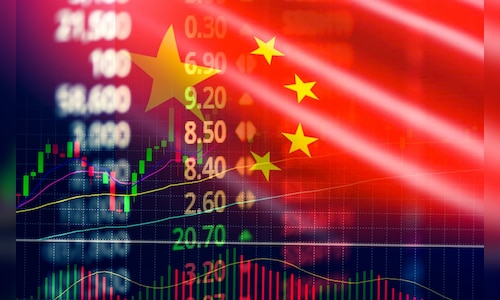
China began its stimulus measures this year to revive its struggling economy. However, the real stimulus may only come in 2025 when Donald Trump returns to the White House. China is likely to gauge the economic impact of Trump’s proposed 60% tariff on Chinese goods before announcing the next stimulus in 2025.
“China is keeping its powder dry. There is still a lot of uncertainty about Trump’s China policy,” Mitul Kotecha of Barclays told CNBC International after China announced a $1.4 trillion stimulus package. He argued that China will have the time and space to go for a bigger fiscal stimulus in 2025, once there is greater clarity on Trump’s tariff policy.
“The focus will now be on the Central Economic Work Conference in December and the National People’s Congress in March,” added Kotecha.
The proposed tariffs will come as China looks to emerge from an economic slowdown through cheap exports. The tariffs will also impact global economic recovery. The world’s biggest trader will account for about 21% of global economic activity between 2024 and 2029.
According to Goldman Sachs, even a 20% tariff on Chinese products could cut China’s growth by at least 70 basis points or 0.70%. Moreover, a trade war may knock 200 basis points off its 2025 growth rate of around 5%.
“China will likely conserve its economic firepower for 2025 to counteract the potential damages from the expected sharp increase in tariffs on imports from China,” AsianInvestor quoted Chi Lo of BNP Paribas Asset Management as saying.
According to Macquarie Group, China will need at least $800 billion in stimulus to offset the impact of a 60% tariff by stimulating domestic demand.
|
|
|
|
|
|
|
|
|
|
|
|
|
|
|
|
|
|
|
|
|
Many analysts believe that the 2025 stimulus will focus on reviving the struggling property market and boosting consumption—both key growth drivers. However, fiscal measures so far have mainly focused on weak growth and local governments’ “hidden debts”. Morgan Stanley warned in October that weak consumption measures could aid deflation.
The October data showed that recent measures have had a mixed impact on domestic demand. Retail sales grew by 4.8% year-on-year in October, compared to 3.2% in September. But housing demand remained weak, with sales by floor area in the January-October period falling 15.8%.
“The NPC’s stimulus amounts to de-risking with little reflationary benefit,” wrote CLSA in its latest research note, adding that the fiscal measures so far have been “underwhelming”.
According to Dan Wang, a Shanghai-based independent economist, last month’s data showed that all fiscal initiatives, except for the ‘trade-in programme’, have failed to spur consumption.
First Published: Nov 19, 2024 8:10 AM IST



